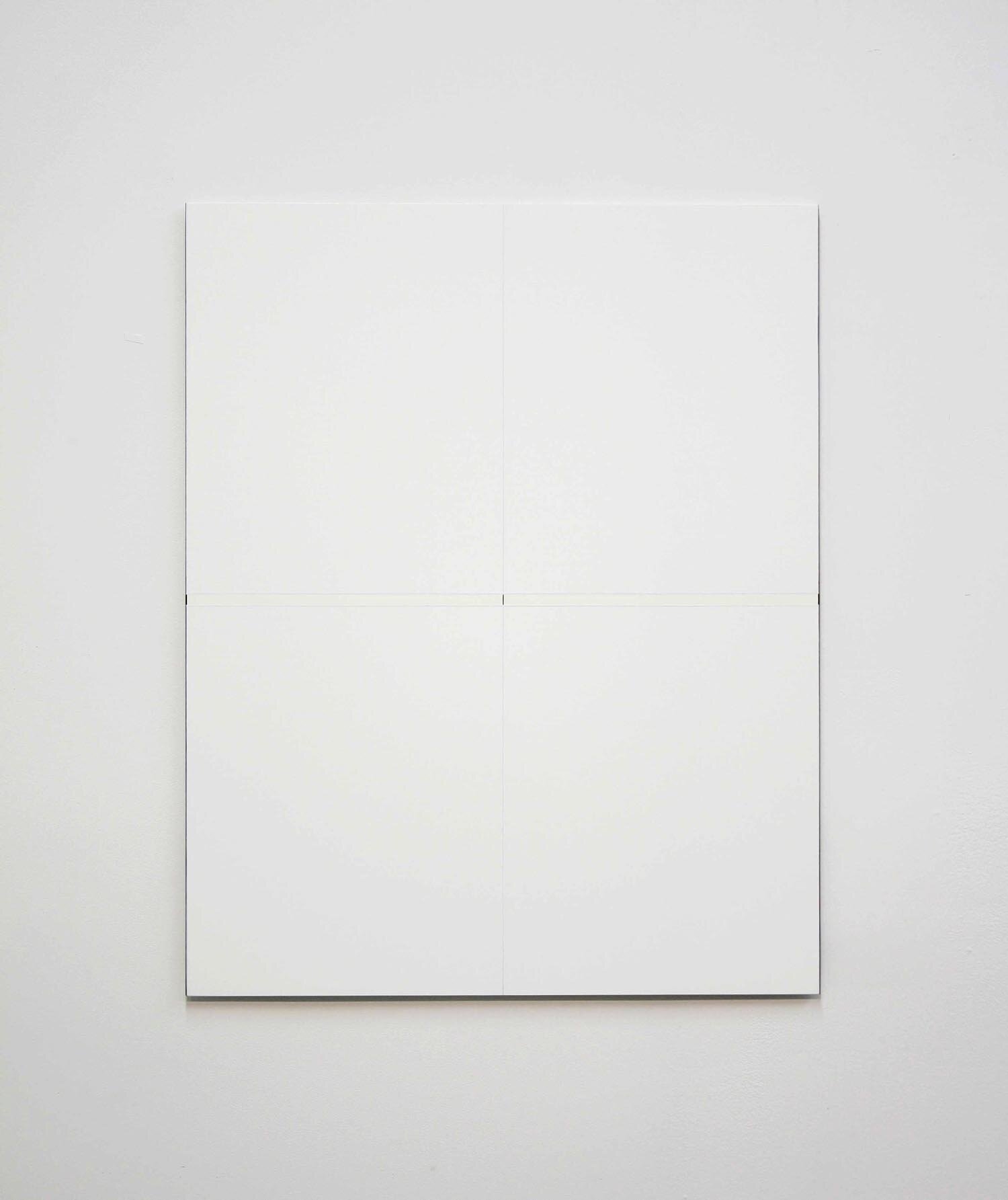Michael Rouillard
b. 1955 Valparaiso, FL / Lives in New York, NY
Interested in Michael Rouillard? Contact us.
Michael Rouillard, Untitled, 2013, Oil on aluminum, 48 x 47.25 inches, #MR18
Michael Rouillard, Untitled (detail), 2013, Oil on aluminum, 48 x 47.25 inches, #MR18
Michael Rouillard, Navigator, 2011, Oil on aluminum, 25 x 20 inches, #MR10
Michael Rouillard, Untitled, 2013, Oil on aluminum, 60 x 56 inches, #MR14
Michael Rouillard, Untitled (detail), 2013, Oil on aluminum, 60 x 56 inches, #MR14
Michael Rouillard, Untitled, 2014, Oil on aluminum, 11 3/4 x 11 1/8 inches, #MR30
Michael Rouillard, Untitled, 2013, Paper, pencil, ink on layered paper, 15 x 12 inches, 19 3-8 x 15 12 inches framed, #MR13
Biography
Michael Rouillard (b. 1955, Valparaiso, FL; lives New York, NY) has exhibited his work nationally and internationally for the past three decades, including in Ireland, Italy, Germany, Switzerland, and the United States. In 2010, he mounted a solo museum exhibition at the Stiftung fur konkrete Kunst in Reutlingen, Germany. Rouillard has also participated in solo and group exhibitions at Charlotte Jackson Fine Art (Santa Fe, NM); Olschewski & Behm (Frankfurt, Germany); Galerie Gisele Linder (Basel, Switzerland); Kunstraum Alexander Buerkle (Freiburg, Germany); Stark Gallery (New York, NY); Albright-Knox Art Gallery (Buffalo, NY); Roger Ramsey Gallery (Chicago, IL); and the Panza Collection (Trento, Italy).
Rouillard has received awards from the New York Foundation for the Arts on three separate occasions: 1988 in Architecture, 1995 in Sculpture, and 2009 in Drawing. His work has been discussed in publications, such as Art in America, Art on Paper, ArtNet Magazine, The New York Times, and Los Angeles Times. It is included in public and private collections worldwide, such as the Panza Collection (Varese, Italy); Albright-Knox Art Gallery (Buffalo, NY); and Stiftung fur konkrete Kunst (Reutlingen, Germany), among many others.
Overview
Since 2010 Rouillard’s works are finely-calibrated compositions painted in an array of whites, off-whites, and over-painted grays and blacks. The works feature grid-based lines and bands that divide and bisect the panels into symmetrical quadrants that reveal minute black notches and finely painted edges all with the intent to frame light.
Each work consists of either a single aluminum panel or two panels butted together with their joint becoming a key compositional element, another way of making a line. The paintings are mounted on very shallow supports and hang close to the surface of the wall. Rouillard states, “The pieces don’t stand out or recede into the wall, but exist in a shallow space at the wall becoming (almost) a part of the architecture.”
Catalogs
Web Site
www.michaelrouillard.com
Our Artsy Page
www.artsy.net/minus-space/artist/michael-rouillard
Social Media
Instagram







